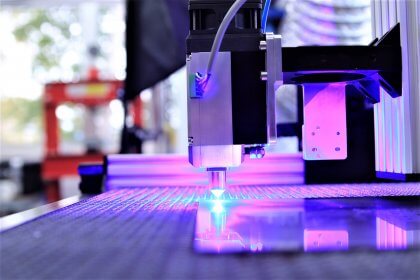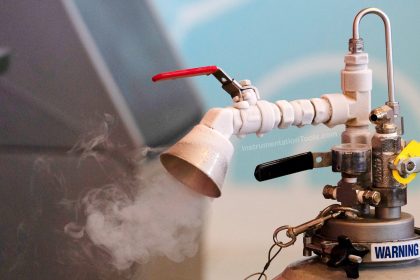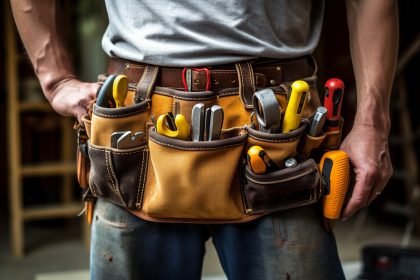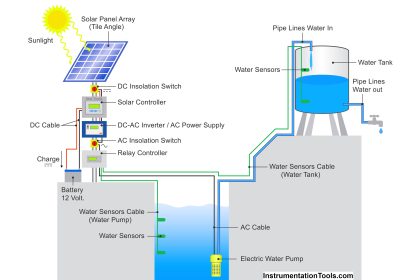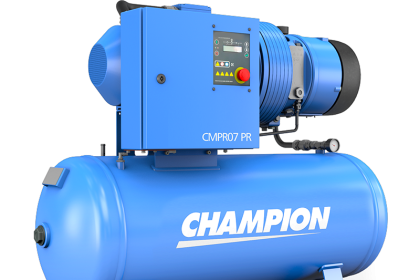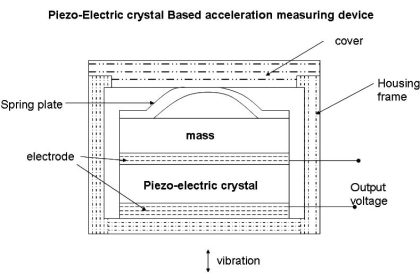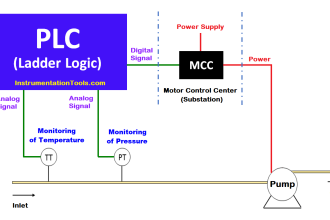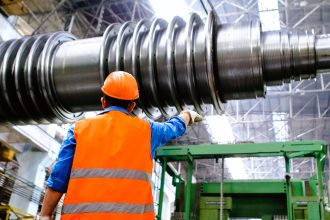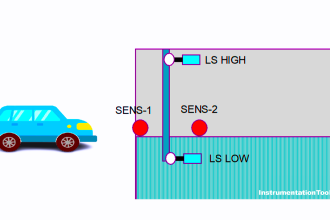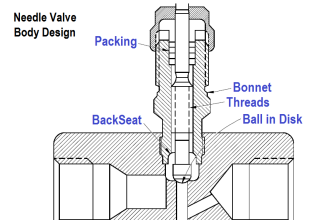The precision and accuracy are crucial in manufacturing and engineering. Even the smallest defects in mechanical parts can create huge headaches later down the road. But steel laser cutting nips those problems in the bud with unbelievable precision. This cutting-edge technology helps eliminate inaccuracies.
And so in this article, we’ll look at why laser cutting has become so popular in design and manufacturing. Let’s get to it!
Steel Laser Cutting
Laser cutting’s precision is one of its biggest boosts. This technology can make cuts as small as a single hair’s width. Its powerful laser beam glides through metal like warm chocolate – no shaking or wavering whatsoever. The result is silky smooth, clean edges that require barely any finishing work.
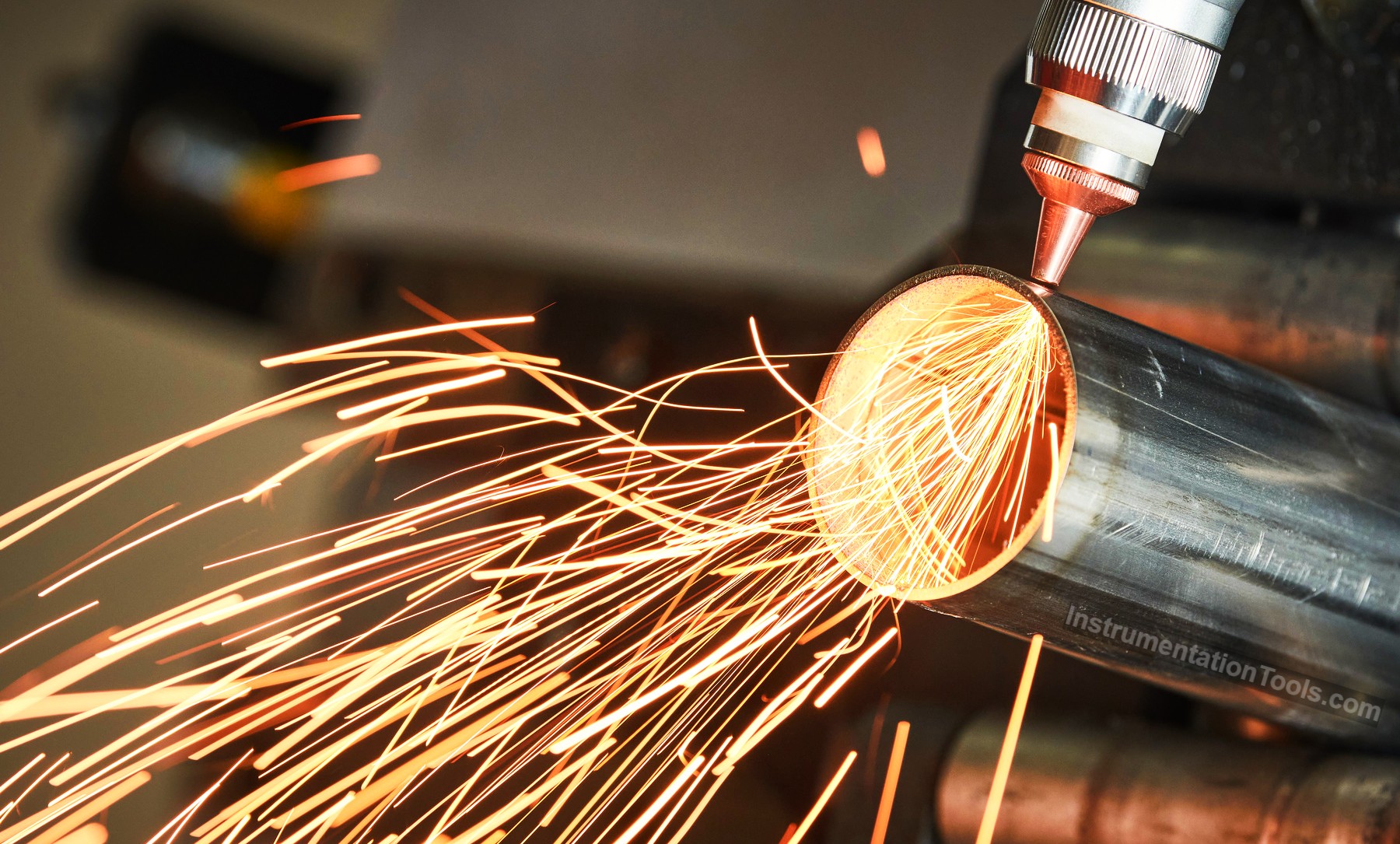
Most other cutting methods can’t hold a candle to that level of detail. Those ultra-fine laser cuts unlock tiny parts and intricate designs that were once impossible. With laser precision, we can have our micro-cake and eat it too!
Complexity and miniaturization are no longer pipe dreams – this tech makes them a reality. Laser cutting’s microscopic accuracy opens up a whole new world of possibilities in manufacturing and beyond.
Tiny yet mighty parts lead to stronger, sleeker, and smarter designs across every industry. It’s no wonder laser cutting is causing such waves. With its physics-defying precision, it’s propelling us into a future limited only by our imagination.
Cutting Complex Shapes And Patterns
The insane precision of steel laser cutting opens new possibilities in design. When you can cut metal within a hair’s width of accuracy, it lets you make parts with wild shapes, curves, and details. We’re talking laser-cut circles smaller than a dime, brackets thinner than your pinky, and interlocking joints like microscopic puzzles. If you can dream it, lasers can probably cut it.
Other methods struggle with complicated parts, but laser cutting nails precision on even the wildest designs. It gives engineers and manufacturers the green light to go nuts and push boundaries.
No Tooling Costs or Lead Times
Old-school fabrication, like stamping, needs custom tools made first. And that tooling costs an arm and a leg, like thousands of bucks, depending on the design. It also drags out timelines while you wait for the tools to get made and approved.
Laser cutting doesn’t need any of that. You just program the laser directly. Kiss goodbye to the huge costs and delays of tooling. Now, even small shops can access ultra-precise cutting without monster upfront bills.
Laser cutting has brought scalable, customized fab to businesses that couldn’t swing the tooling investment before. The tool-free freedom provides a wicked-fast turnaround on high-precision parts.
Flexibility And The Ability To Switch Designs Rapidly
Remember, laser cutting doesn’t need tooling. So it’s crazy fast and easy to swap out cutting programs. You can pump out one part, stop the machine, load a new program, and start slicing up something totally different from the same sheet of metal. It’s killer flexible for low-volume jobs or prototyping.
Other methods mean waiting weeks for new tools to show up before you can switch part designs. With laser cutting, you can tweak parts on the fly, make changes in real-time, and iterate designs in a flash. Rapidly spinning new parts accelerates R&D, prototyping, and custom work. Both huge and tiny production runs can adapt to changing needs thanks to laser cutting’s tool-free flexibility.
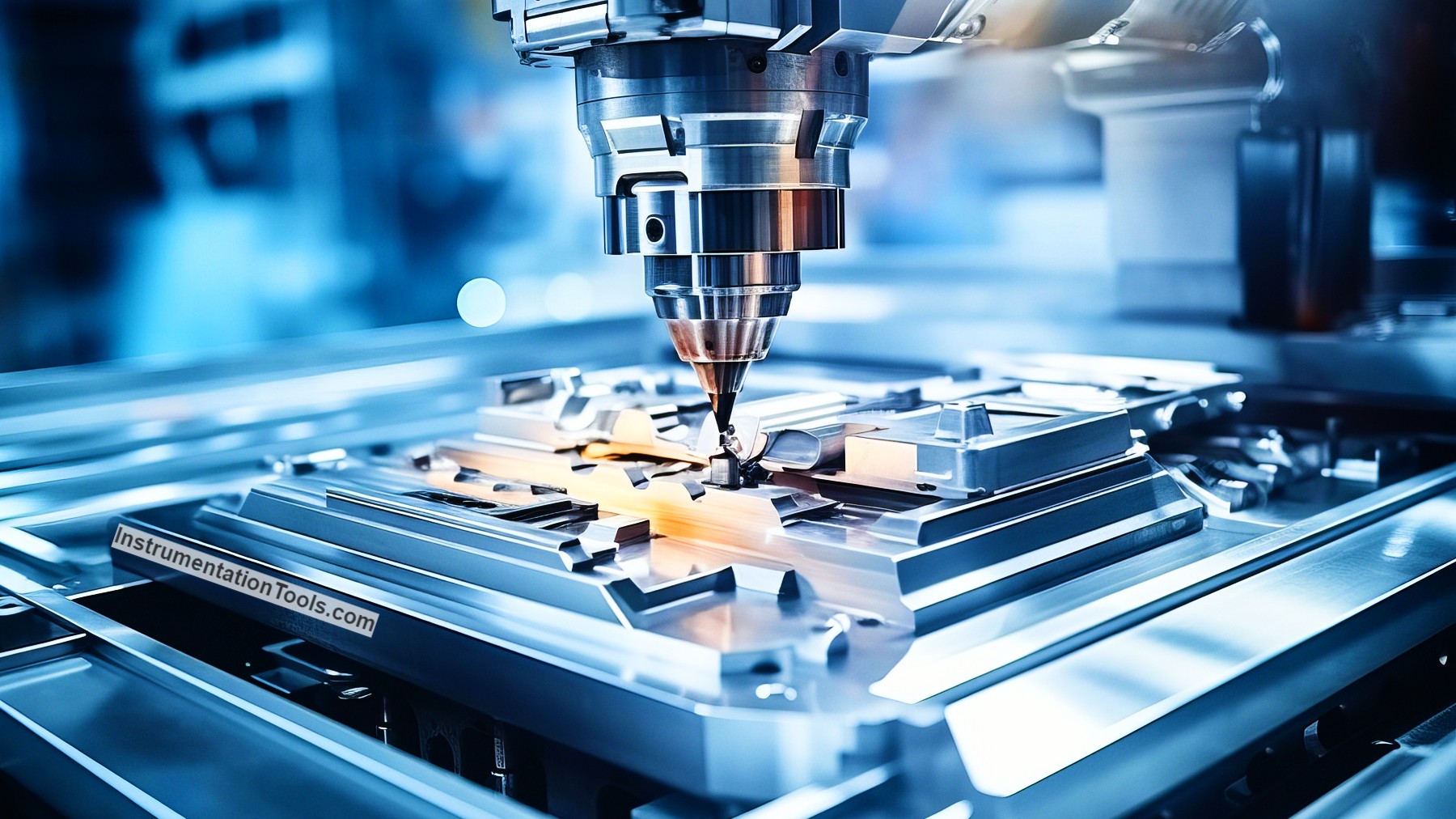
Improved Materials Utilization Over Punching or Stamping
With punching and stamping, leftover metal gets tossed as waste. Tons of material end up in the scrap bin. But laser cutting uses sheet metal way more efficiently. Nesting software maximizes the number of parts you can cram onto one sheet. Little gets wasted, so you get better yield and need less metal.
Laser cutting can also combine multiple parts into ready-to-assemble kits from a single sheet. That boosts part accuracy and saves assembly time later. Smarter material use cuts overall fabrication costs. The consistency of laser cutting generates less scrap, too.
The bottom line is that your material budget goes further with laser cutting. It just lends itself naturally to less waste and more value from the same metals.
A Greener And Cleaner Process
Laser cutting is also more eco-friendly than old-fashioned methods. No tooling waste, no oils or lubricants, and no washing parts after cutting. Lasers vaporize material with focused heat instead of mechanically deforming the metal. That results in cleaner parts right off the machine.
Laser cutting uses way less energy overall compared to massive stamping/punching ops. Since it’s non-contact, it also means less noise and vibration. The enclosed laser method prevents hot metal bits from spewing everywhere. Laser cutting has a smaller environmental impact than other processes. It’s a cleaner, greener solution that jives with sustainability goals and earth-friendly manufacturing.
Conclusion
Laser cutting is a total game-changer for metal fabrication. It delivers speed, insane precision, flexibility, and sustainability like never before. Laser cutting unlocks complex designs, fast prototyping, and affordable short runs. With its tool-free magic, pinpoint accuracy, and material efficiency, it crushes all kinds of manufacturing roadblocks. Looking ahead, this cutting-edge tech will only get more crucial across the board. The future of fabrication is faster, cleaner, and more nimble thanks to the artful precision of laser cutting. When it comes to metal, lasers are the new hotness!
